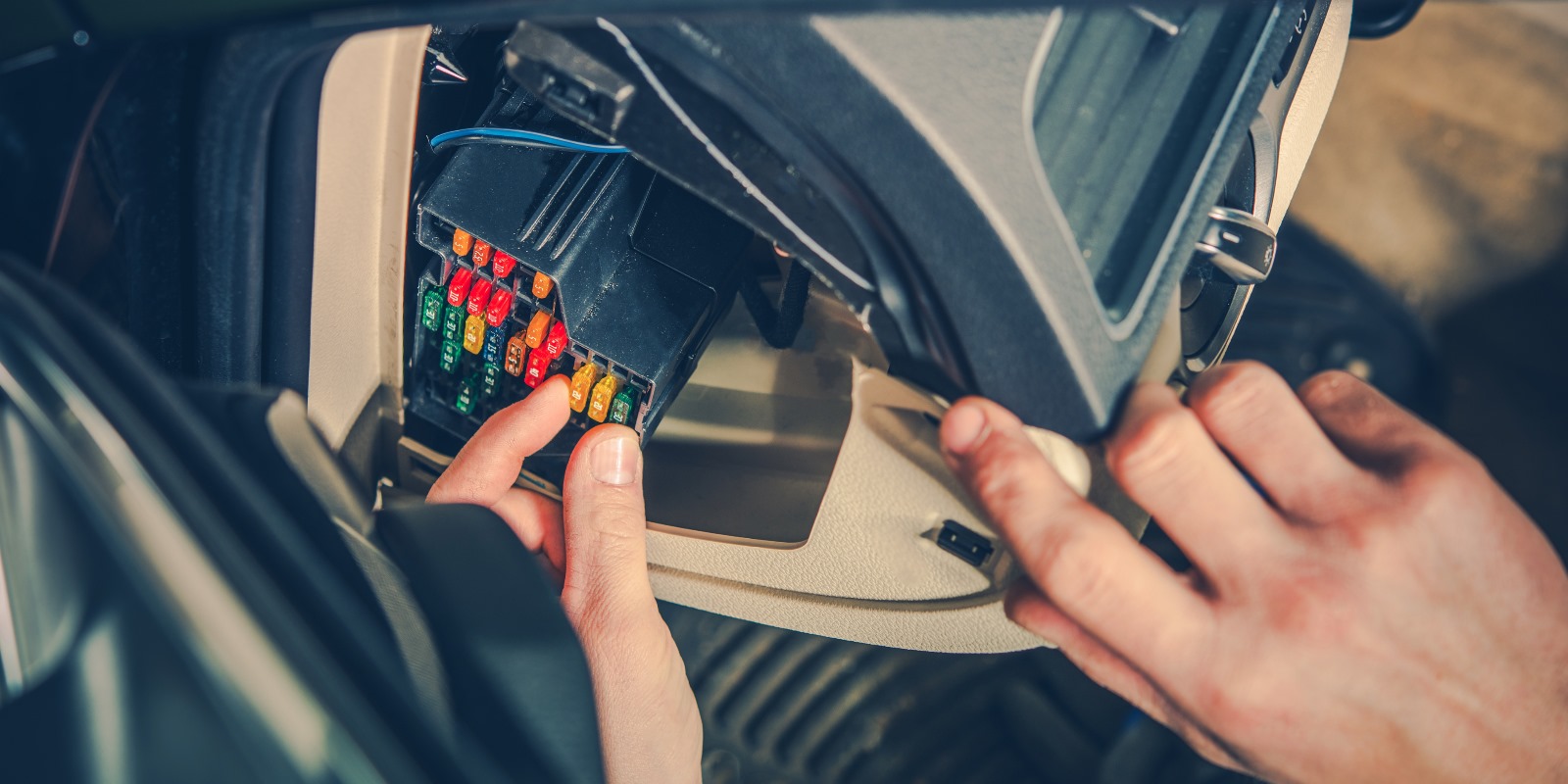Automotive Fuses Unveiled: A Beginner's Guide

Your car is more than just a mode of transportation; it's an intricate machine with a multitude of components working together to get you from point A to point B. Among the unsung heroes of this mechanical symphony are automotive fuses. While they may seem insignificant, these tiny devices play a crucial role in keeping your vehicle running smoothly. In this beginner's guide, we'll dive into the world of automotive fuses, explaining how they work and why every car owner should know about them.
The Basics: How Fuses Operate
Imagine fuses as the traffic cops of your car's electrical system. They are safety devices designed to protect your vehicle's electrical circuits from overcurrent or short circuits. Simply put, fuses prevent electrical components from being damaged or causing fires due to excessive electrical current.
At their core, automotive fuses are relatively simple. They consist of a conductive metal strip (usually made of zinc or copper) encased in a non-conductive housing. When the current passing through the fuse exceeds its rated capacity, the metal strip heats up and melts. This break in the circuit interrupts the flow of electricity, preventing any damage to your car's components.
Circuit Breakers vs. Fuses
Circuit breakers, like fuses, provide overload protection but can be reset instead of replaced. Circuit breakers operate thermally, separating contacts due to excess current-induced heat. Fuses, in contrast, use a fusible link and blow faster.
While circuit breakers have their uses, fuses remain prevalent in automotive applications due to their reliability.
Selecting the Right Fuse
The cardinal rule with fuses is to always replace a blown fuse with an identical one. Replacing it with a higher-rated fuse may temporarily resolve an issue but risks circuit damage.
If you're unsure which fuse to use, consult your vehicle's owner's manual or check the fuse box lid for guidance.
Understanding Fuse Ratings
Fuses are labeled with a rating in Amperes (Amps or A). This rating signifies the maximum continuous current a fuse can handle without blowing. To select the correct rating, it's advisable to choose a fuse that's 25% higher than the accessory's amp draw.
Diverse Fuse Types
Fuse types may vary based on your vehicle's origin and era:
- Glass Cartridge Fuses: Older style, featuring a glass cylinder with metal end caps.
- Blade Type Fuses: Modern and widely used, often color-coded with various subtypes (Mini, micro)
- PAL and JCASE Fuses: Cube-shaped fuses designed for high-amperage applications.
- Continental Fuses: Plastic torpedo-shaped fuses with exposed fusible links.
- Fusible Link or MIDI Link Fuses: Reserved for very high-current applications, stamped or color-coded.

Understanding fuses is a vital skill for vehicle owners, ensuring safety, preventing damage, and maintaining a smooth ride. Appreciate the significance of these tiny protectors within your vehicle's electrical system.
